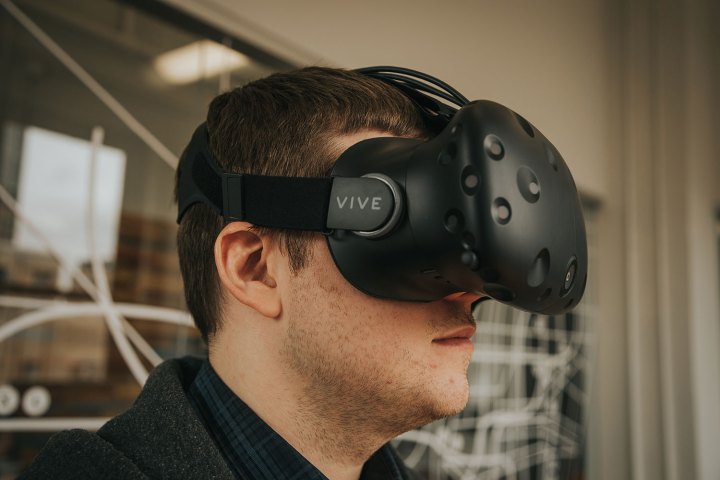
One interesting aspect about his 2017 predictions is that he believes education will become a major VR growth driver. Augmented reality would actually be a better platform as we’ve seen with the applications displayed with the Microsoft HoloLens headset thus far. Still, VR is more immersive and would likely keep the students focused on the subject at hand. The technology is used to educate and train individuals in the military, law enforcement, and research fields. It only makes sense for VR to expand into the educational system as well.
Here are his predictions for 2017:
- VR-based professionally generated content will grow to more than 10,000 titles.
- New developer tools and camera will enable an explosion of user generated content for VR.
- VR-ready PCs will outsell standard PCs by the fourth quarter.
- Mobile VR sales will exceed 50 million units.
- VR will become the new consumer status symbol.
- Education will become a major VR growth driver.
- Ads within VR will begin to generate new income for developers.
- VR developer shortage will drive a pay jump.
- Vertical industries will adopt VR in a “big way.”
- Someone will spend 30 days inside VR nonstop.
As for what is to come in the VR and AR segments in 2018, one of his notable predictions is the arrival of a high-quality, VR-based MMORPG (the beginnings of a real Sword Art Online?) that will become an instant hit. Hopefully, that means the game will be built from the ground-up for VR and not “ported” from the standard PC format to a VR environment. Developers can be more creative — can realize their vision to the fullest — when they’re in the environment rather than looking through a flat 2D window.
Another prediction is a full-length VR blockbuster movie that will drive mass awareness and desire. That mass awareness and desire might actually take place in 2017 when Microsoft launches Creators Update for Windows 10. It will support VR and AR experiences thanks to the built-in Windows Holographic platform. The update will also usher in the arrival of VR/AR hybrid headsets from third-party manufacturers for the mass market. Still, a block-buster movie may not hit theaters due to the cost of VR headsets, but through digital stores offered by HTC, Oculus VR, and Microsoft.
Here are the 2018 predictions:
- A full-length VR blockbuster movie will drive mass awareness and desire.
- Real estate developers will begin selling VR-ready micro-apartments.
- VR development will become the most popular class in colleges across the globe.
- The first selectable AR/VR product will hit the market.
- Artificial intelligence will enable lifelike VR companions for the elderly and the lonely.
- Employers will start offering work-from-home plans using VR technology.
- Celebrities will start streaming their lives in VR, causing a new social “phenomenon.”
- All key retailers will begin offering VR shopping models.
- VR social solutions will gain traction and “exceedingly sticky.”
- A high-quality VR-based MMORPG will arrive and become an instant hit.
However, to meet these predictions, Graylin believes there are roadblocks in VR that need to be solved, such as new revenue models, killer apps and content, a more natural user interface, better displays on VR headsets, and more artificial intelligence integration. Here are five more roadblocks:
- Low-power high-processing
- Cheaper and easier tracking
- Faster networks (WAN and LAN)
- Battery technology
- Denser storage
We shall see how 2017 unfolds for the VR and AR sectors, starting with CES 2017 taking place in early January. There’s a good chance the next step in the evolution of VR and AR will be revealed in some form during the show.


